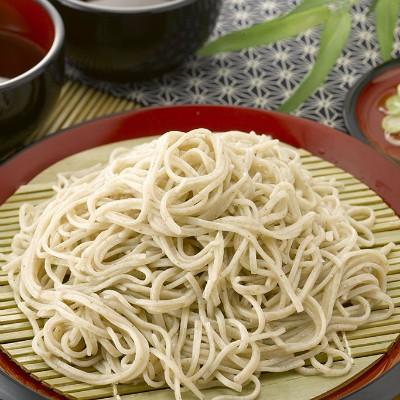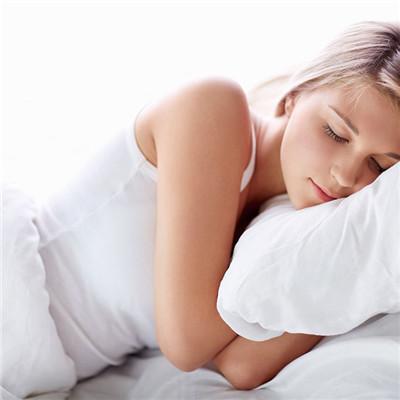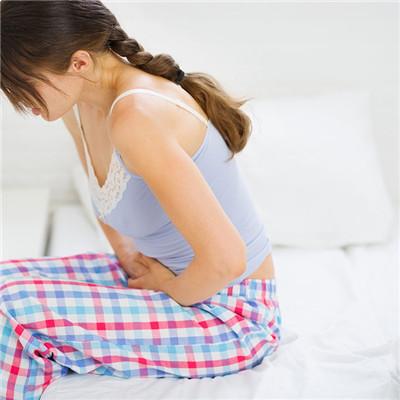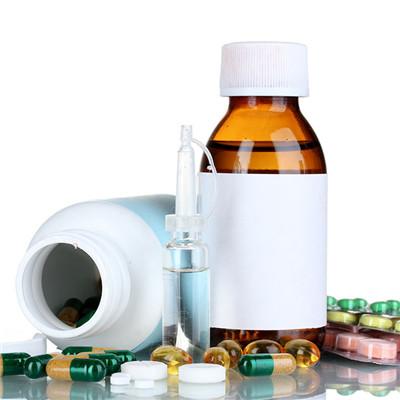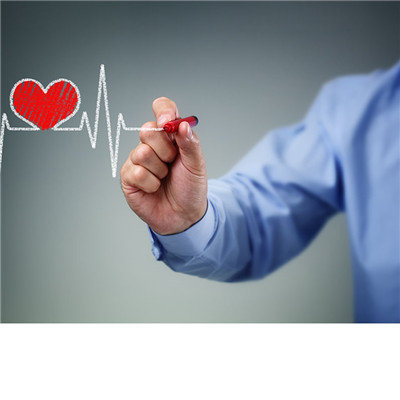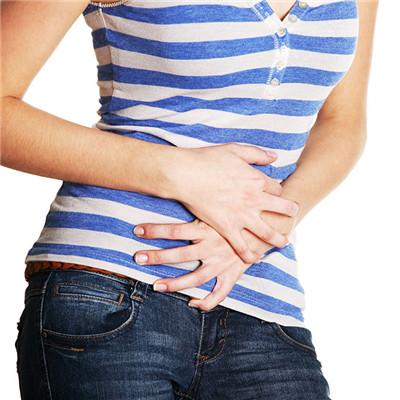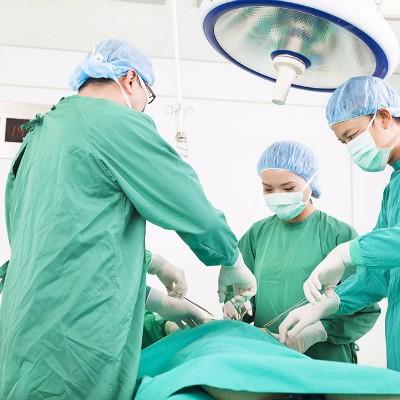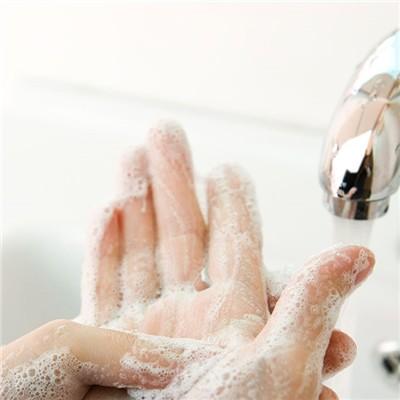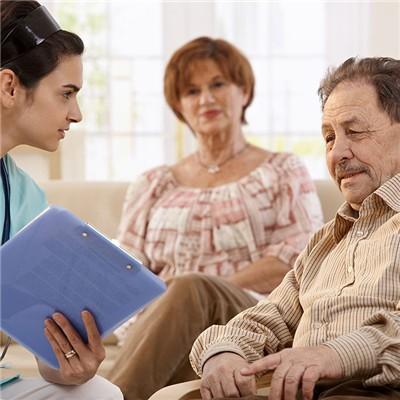What taboo does cholecystitis diet have
summary
A few years ago, I found out that I had mild acute cholecystitis during my physical examination. Later, after treatment, I had recovered and no cholecystitis was found. Yesterday, I ate a lot of greasy and glutinous rice food. At night, I had epigastric pain, pain around my navel, low back pain, right shoulder pain, and backache. It was like indigestion, a little low fever, and fever subsided. So, what's the dietary taboo of cholecystitis?
What taboo does cholecystitis diet have
One of them is that patients with chronic cholecystitis should mainly eat light and digestible food on weekdays, and should drink 1500-2000ml in large quantities to dilute bile. Take food every 2-3 hours to stimulate bile secretion. Eat digestible protein, 50g per day. Do not eat animal brain, kidney, egg yolk, fried food, spicy food.
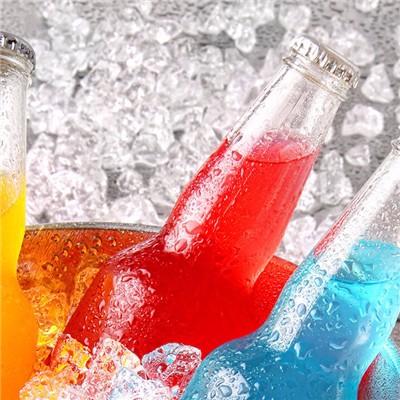
Two of them, cholecystitis patients in the diet, should be fixed time and quantitative, eat less meals, should not be too full. In the diet structure, we should strictly control fat and cholesterol containing food, such as fat meat, fried food, animal viscera and so on, because the formation of gallstones is related to high cholesterol and metabolic disorders.
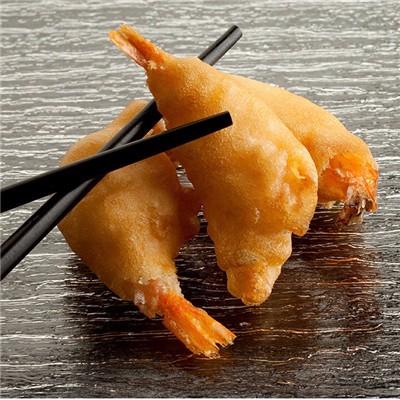
Three of them, radish has cholagogic effect, and can help the digestion and absorption of fat; green vegetables contain a lot of vitamins and cellulose; beans are rich in plant protein. In addition, some fruits and juice should be added to make up for the loss of body fluid and vitamins caused by inflammation.
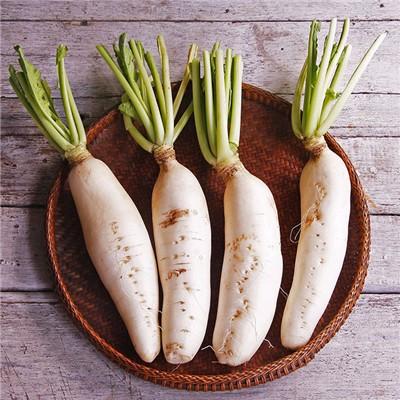
matters needing attention
Do not drink and eat spicy food, all alcohol, stimulating food, strong condiments can promote gallbladder contraction, so that the biliary sphincter can not relax in time, resulting in bile outflow, so that the acute attack of cholecystitis, so should be avoided. The patients with acute attack should be given low-fat, easily digestible semi liquid food or liquid food; those with severe attack should be fasted, gastrointestinal decompression and intravenous rehydration.

